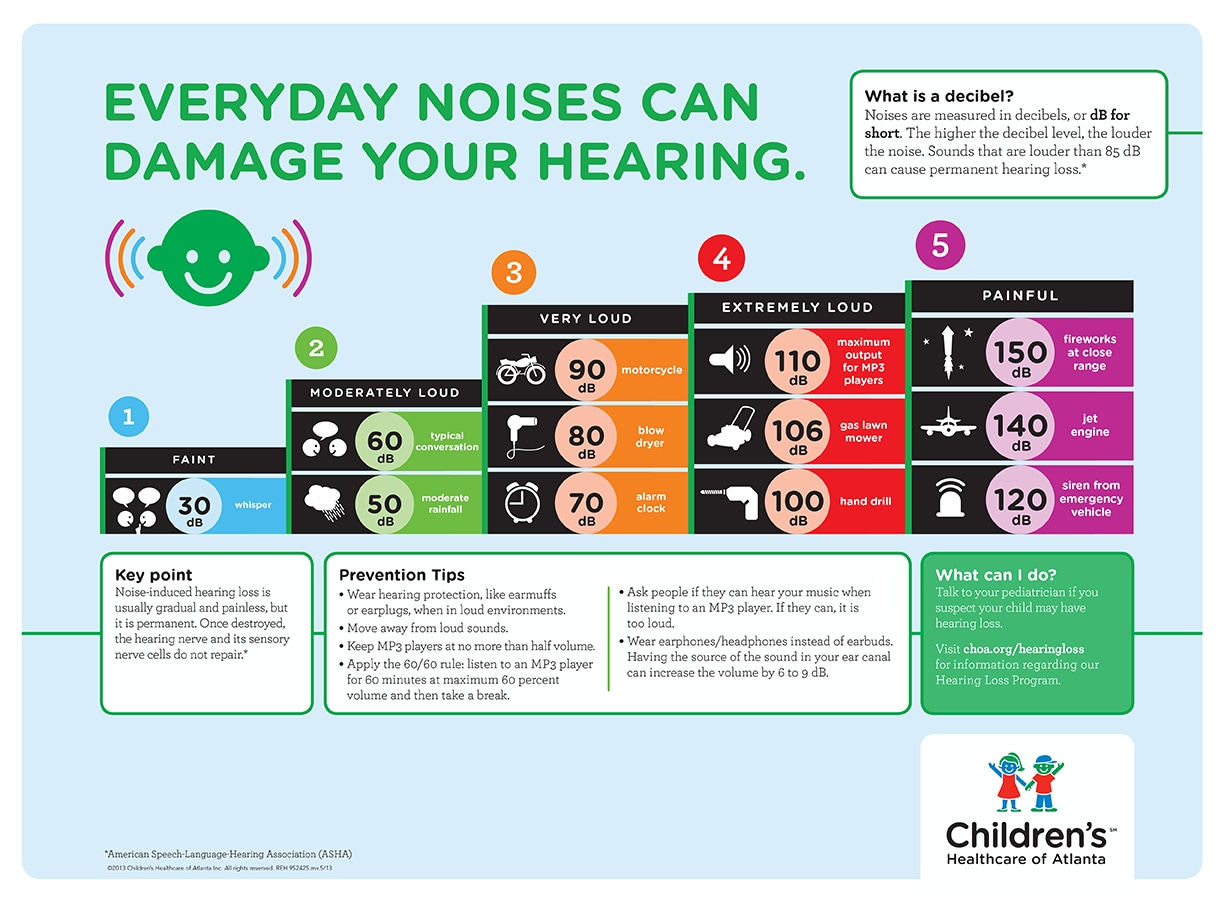Enhancing Understanding: Resolving Auditory Processing Issues In Dyslexia
Enhancing Understanding: Resolving Auditory Processing Issues In Dyslexia
Blog Article
Content Author-Winkler Stryhn
When you take into consideration the difficulties that dyslexic learners encounter, it's clear that auditory processing problems often play a considerable role. You might ask yourself how tailored methods can bridge the gap between acoustic instructions and comprehension. By integrating visual aids and damaging jobs into convenient steps, you can enhance focus and understanding. Nevertheless, the remedies don't stop there. What other techniques can develop a really supportive knowing setting that promotes success and confidence?
Understanding Dyslexia and Auditory Handling
Dyslexia affects approximately 1 in 5 people, making it among one of the most typical learning impairment. If you're navigating dyslexia, you may find that it doesn't simply impact analysis and writing; it can also affect how you process auditory info.
Acoustic processing describes just how your brain interprets noises, including language. When schools for learning disabilities have problem with this, it can bring about challenges in recognizing spoken guidelines and following conversations.
You may discover that you often misinterpret what you listen to or that it takes longer for you to respond in discussions. This isn't a representation of your knowledge; it's a specific problem pertaining to processing acoustic signals.
Comprehending this connection is critical because it aids make clear why you might excel in aesthetic jobs while encountering obstacles in tasks that rely upon auditory understanding.
Recognizing these obstacles can equip you. By understanding the details of dyslexia and auditory handling, you can much better support for your requirements, whether in educational settings or social circumstances.
It's important to recognize these issues so you can look for the ideal assistance and methods in the future.
Efficient Strategies for Assistance
Browsing the obstacles of acoustic handling can really feel frustrating, however there are effective methods that can aid you thrive.
By applying these methods, you can boost your learning experience and improve your capacity to procedure acoustic details.
- ** Utilize aesthetic aids **: Coupling acoustic directions with visual assistances, like charts or layouts, can considerably boost comprehension.
- ** Break tasks into smaller steps **: Streamlining guidelines into workable chunks permits you to concentrate and process information better.
- ** Exercise active listening **: Engage in workouts that encourage you to pay attention diligently, such as summarizing what you've heard or asking questions for information.
- ** Include modern technology **: Use applications or software designed to help with auditory processing, such as speech-to-text devices or audiobooks, to enhance understanding.
Creating Supportive Discovering Settings
Producing a supportive knowing setting is important for aiding individuals with acoustic handling difficulties prosper. Begin by decreasing https://hectorulpsb.like-blogs.com/31980397/top-5-effective-dyslexia-programs-for-pupils in your classroom or finding out room. Usage acoustic panels or soft home furnishings to soak up noise, which can aid pupils concentrate far better. Make certain seating setups permit clear sightlines to the instructor and any type of visual aids.
Next off, integrate clear and concise communication. Speak slowly and utilize basic language, checking for understanding frequently. Urge trainees to ask questions if they're unsure. Aesthetic aids like charts, diagrams, and written directions can improve understanding and retention.
In addition, cultivate a society of persistence and understanding amongst peers. Show students regarding auditory handling problems, advertising empathy and assistance. Team activities can be valuable; simply make sure that functions are clear which pupils collaborate to support each other.
Finally, offer routine comments. Commemorate development and achievements, despite how small. This inspiration builds confidence and reinforces the concept that understanding is a trip.
Conclusion
In your trip to improve learning for individuals with dyslexia, think of each approach as a stepping rock throughout a river. By weaving together auditory and aesthetic help, breaking tasks right into bite-sized pieces, and supporting a helpful setting, you help produce a bridge to understanding. Keep in mind, cultivating compassion amongst peers and engaging households can light the course to success. With perseverance and devotion, you'll equip students to soar above obstacles, changing their struggles into staminas.
